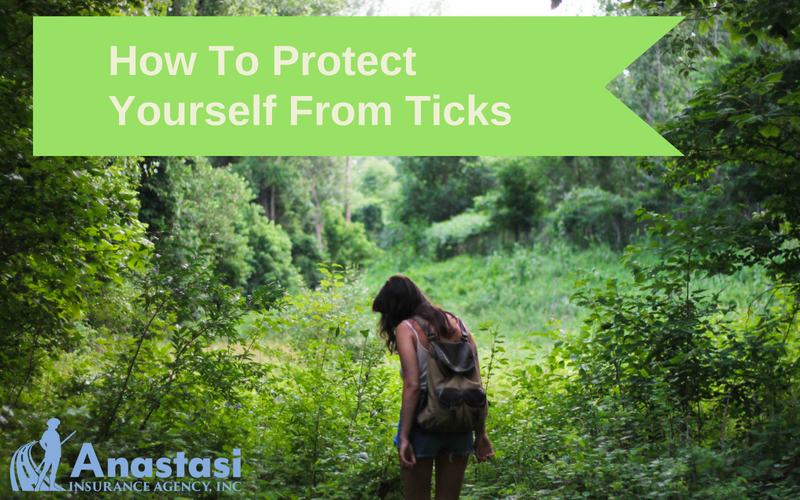Massachusetts: Tick Explosion!
Some are calling this summer Tick Explosion! “Ticks are the primary carrier of Lyme disease and according to the latest data from the Massachusetts Department of Public Health, there were more than 8,600 infections in 2017 — a 50 percent increase from 2013. The most infections last year came from Plymouth (1449) Middlesex (1,424), and Worcester counties (1077).”
Before you head out into the great outdoors, you need to be aware of a danger lurking not so deep in the woods—Lyme disease. This bacterial infection is contracted after coming in contact with a deer tick that has feasted off another infected animal.
Healthy Hints
Bacteria from a tick bite do not transmit into your bloodstream for 36 to 48 hours, which lessens your chance of contracting the disease if you find ticks and remove them immediately:
- Use a tweezers to grab the tick firmly where it has entered the skin.
- Slowly, yet firmly, pull the tick directly outward.
- Once the tick is removed, clean the bite thoroughly with a disinfectant and watch the area for any symptoms.
CDC’s Preventative Steps From Tick Bites:
- Know where to expect ticks. Ticks live in grassy, brushy, or wooded areas, or even on animals. Spending time outside walking your dog, camping, gardening, or hunting could bring you in close contact with ticks. Many people get ticks in their own yard or neighborhood.
- Treat clothing and gear with products containing 0.5% permethrin. Permethrin can be used to treat boots, clothing and camping gear and remain protective through several washings.
- Use Environmental Protection Agency (EPA)-registered insect repellents containing DEET, picaridin, IR3535, Oil of Lemon Eucalyptus (OLE), para-menthane-diol (PMD), or 2-undecanone. EPA’s helpful search tool can help you find the product that best suits your needs. Always follow product instructions.
- Do not use insect repellent on babies younger than 2 months old.
- Do not use products containing OLE or PMD on children under 3 years old.
- Avoid Contact with Ticks
- Avoid wooded and brushy areas with high grass and leaf litter.
- Walk in the center of trails.
After You Come Indoors
Check your clothing for ticks. Ticks may be carried into the house on clothing. Any ticks that are found should be removed. Tumble dry clothes in a dryer on high heat for 10 minutes to kill ticks on dry clothing after you come indoors. If the clothes are damp, additional time may be needed. If the clothes require washing first, hot water is recommended. Cold and medium temperature water will not kill ticks.
Examine gear and pets. Ticks can ride into the home on clothing and pets, then attach to a person later, so carefully examine pets, coats, and daypacks.
Shower soon after being outdoors. Showering within two hours of coming indoors has been shown to reduce your risk of getting Lyme disease and may be effective in reducing the risk of other tickborne diseases. Showering may help wash off unattached ticks and it is a good opportunity to do a tick check.
Check your body for ticks after being outdoors. Conduct a full body check upon return from potentially tick-infested areas, including your own backyard. Use a hand-held or full-length mirror to view all parts of your body. Check these parts of your body and your child’s body for ticks:
- Under the arms
- In and around the ears
- Inside belly button
- Back of the knees
- In and around the hair
- Between the legs
- Around the waist
Anastasi Insurance Agency, Inc.
www.anastasiinsurance.com
(508) 248-1440


